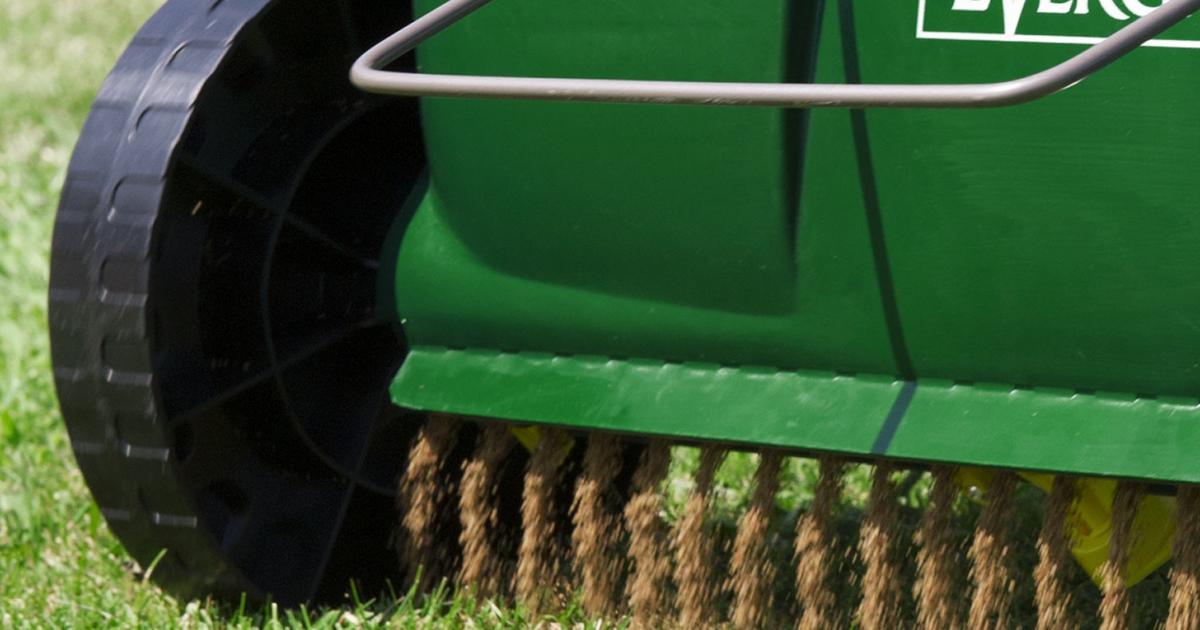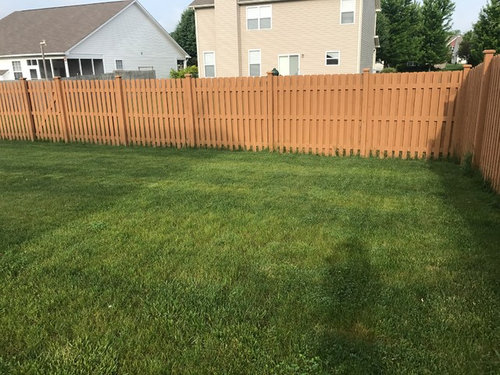
They provide calibrated coverage, but the precision boosts the chance you will miss or double cover an area. These devices drop a swath of product through a wide, narrow opening directly beneath the spreader. When precision is critical, choose a drop spreader. Rotary spreaders are available in several sizes, so you can buy one that works for a tiny garden, large estate lawn, and anything in the middle. These are the fastest tools you can use to spread dry materials, but their spreading abilities are less accurate than those of drop spreaders. Rotary spreaders cover an area three times their width, or broader, on every pass. They are called broadcast spreaders because they throw the product several feet to the front and sides of the spreader itself. Rotary/Broadcast SpreadersĪ rotary spreader uses a rotating base plate to disperse seeds or granules that slowly pour from a hopper. There are also spreaders designed for liquid chemicals. Two basic types of spreaders exist for dry applications––rotary spreaders, also known as broadcast spreaders and drop spreaders. BEST HANDHELD: Scotts Whirl Hand-Powered Spreader.BEST DROP: Scotts Turf Builder Classic Drop Spreader.BEST PULL BEHIND: Agri-Fab 45-0463, 130-Pound Tow Behind Spreader.PERFORMANCE PICK: Agri-Fab 45-0462 Push Broadcast Spreader.BEST BANG FOR THE BUCK: Scotts Turf Builder EdgeGuard Spreader.RUNNER UP: Earthway 2150 Commercial Walk-Behind Spreader.You can even use the fertilizer spreader in the off-season to spread salt on icy walkways and paths.Ĭonsider the following list of some of the highest-rated fertilizer spreaders to find one that’s right for you. These machines evenly apply products, so your yard is luxuriant, you waste less product and spend less time and effort. You can use a fertilizer spreader to apply any lawn treatment, including grass seed, lime, insecticide, fungicide, and of course, fertilizer. Sure, you could just throw seeds and fertilizer out by hand, but it takes longer, results are not consistent, and it puts you in contact with potentially dangerous chemicals.

Pelletized lime should be applied every other year (approximately 15 lbs./1,000 ft²) once you have your soil pH to its optimum level, which is between 6.0 and 6.5.Whether you seed a new lawn, feed an existing garden, or treat your yard for bug infestations, a fertilizer spreader is an invaluable tool. Phosphorus is provided as 0-46-0 and potash as 0-0-60 or 0-0-50. The first number is the amount of nitrogen (N), the second number is the amount of phosphate (P 2O 5) and the third number is the amount of potash (K 2O). ft.Ĭonsidering this, what do the numbers mean on a fertilizer spreader?Īll fertilizer labels have three bold numbers. The answer is the amount of fertilizer needed to cover 100 sq.Multiply the weight of the bag by this number.



 0 kommentar(er)
0 kommentar(er)
